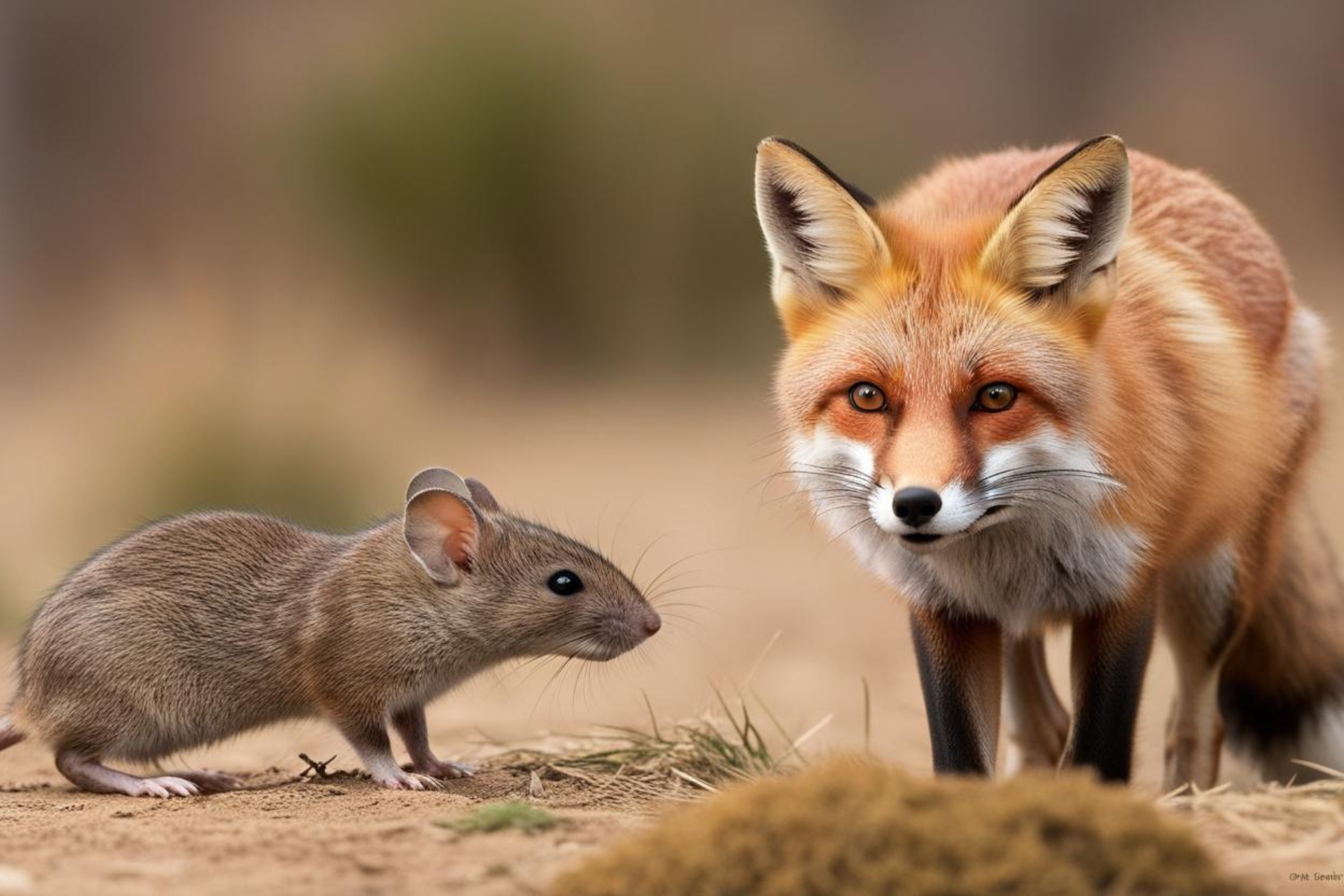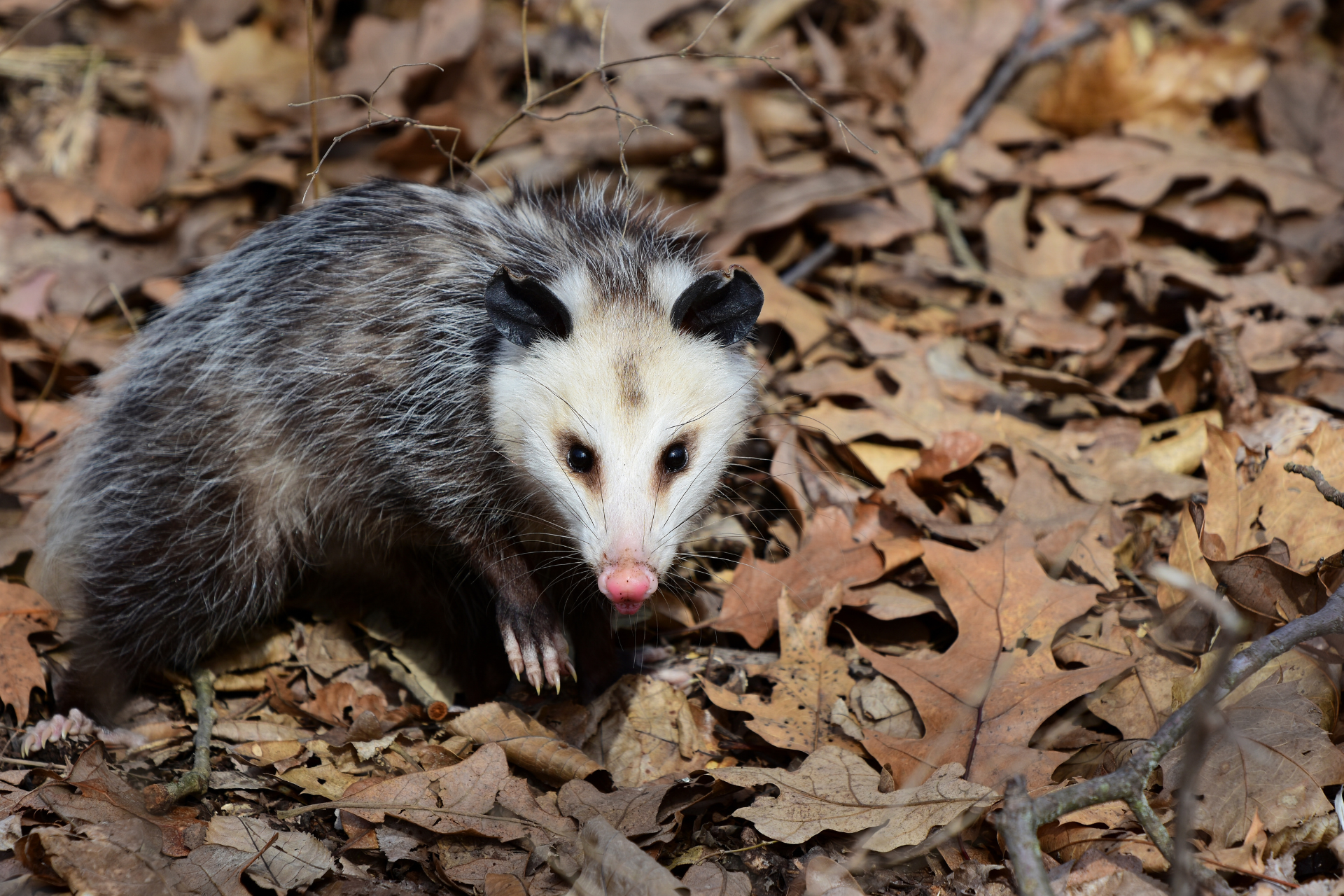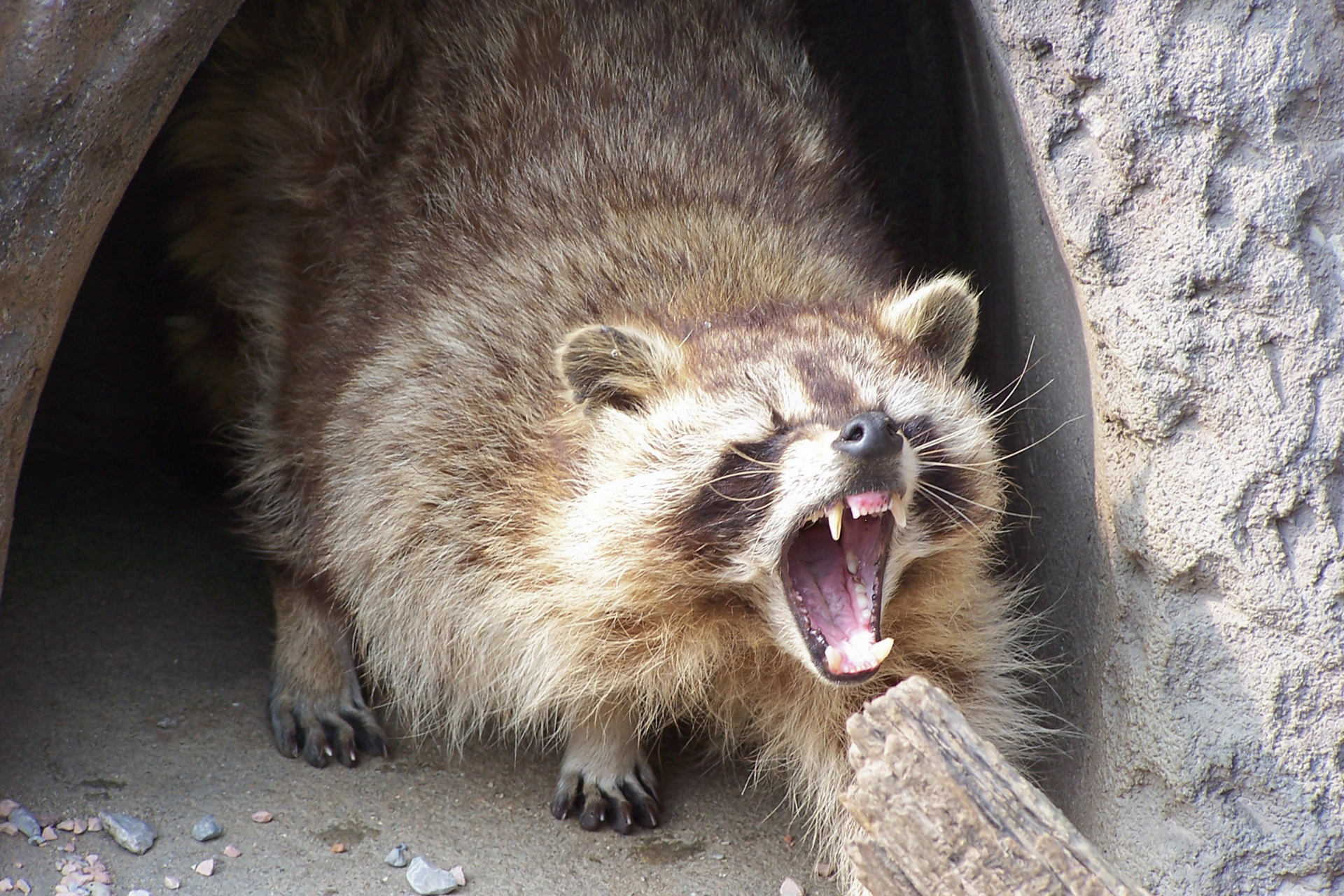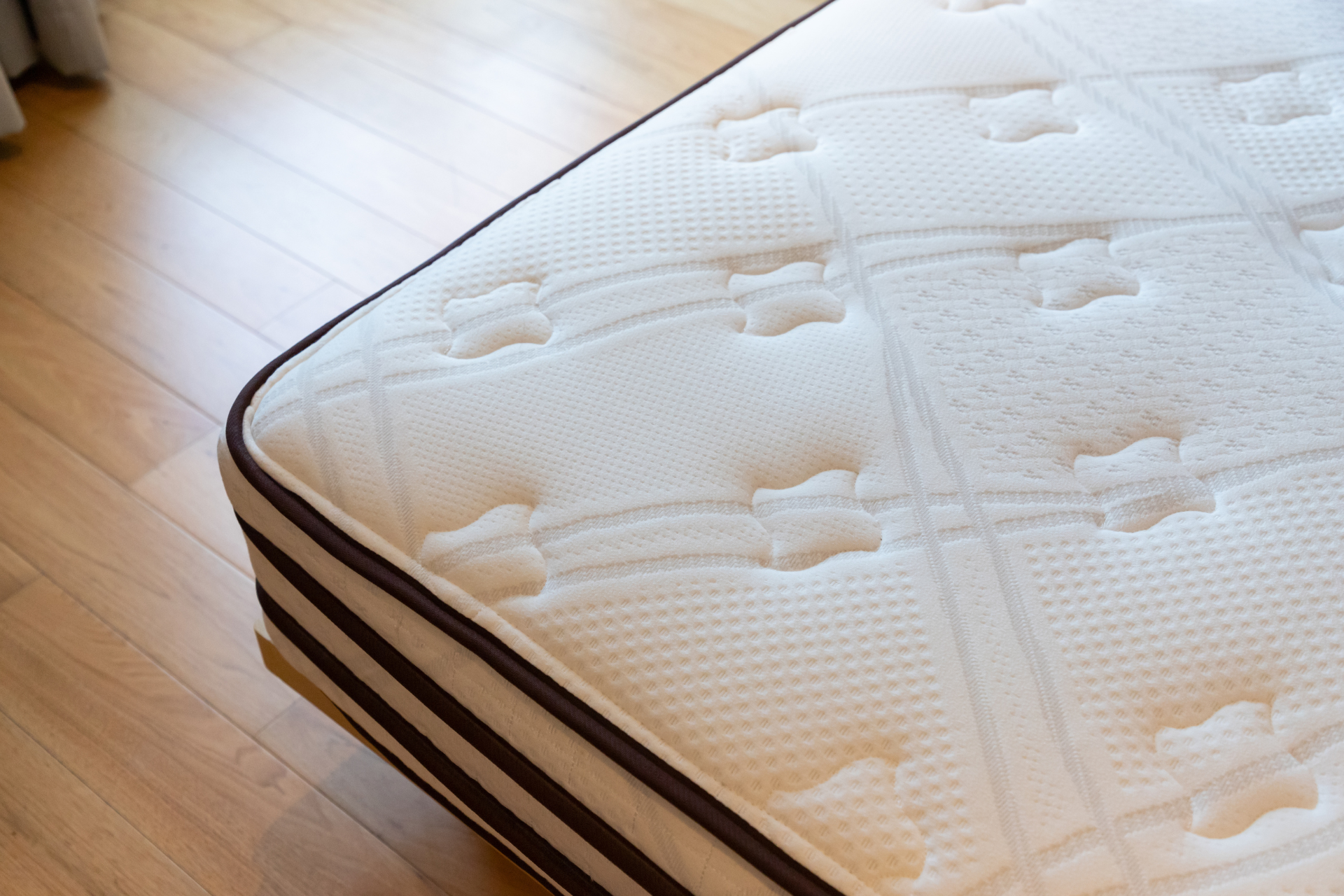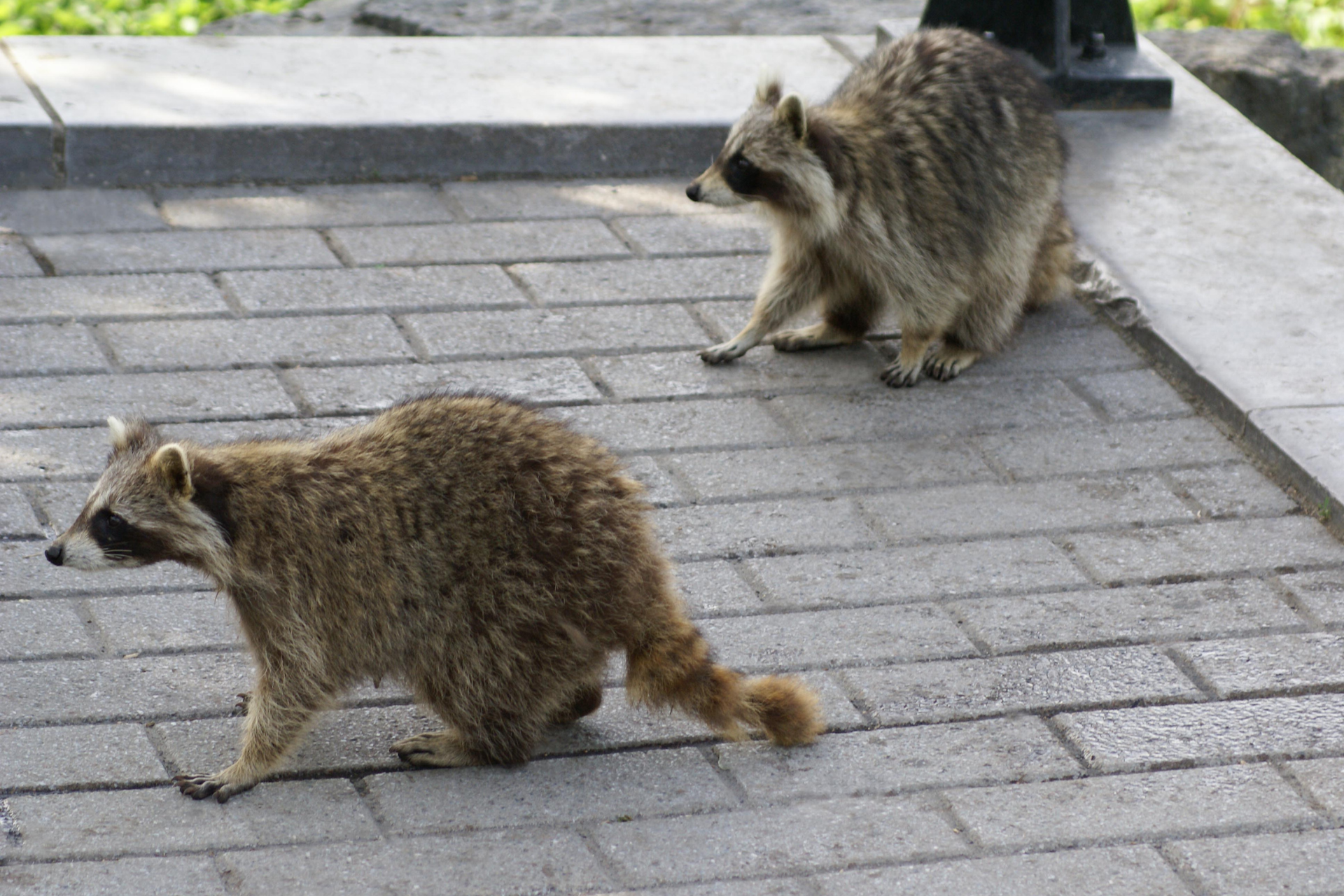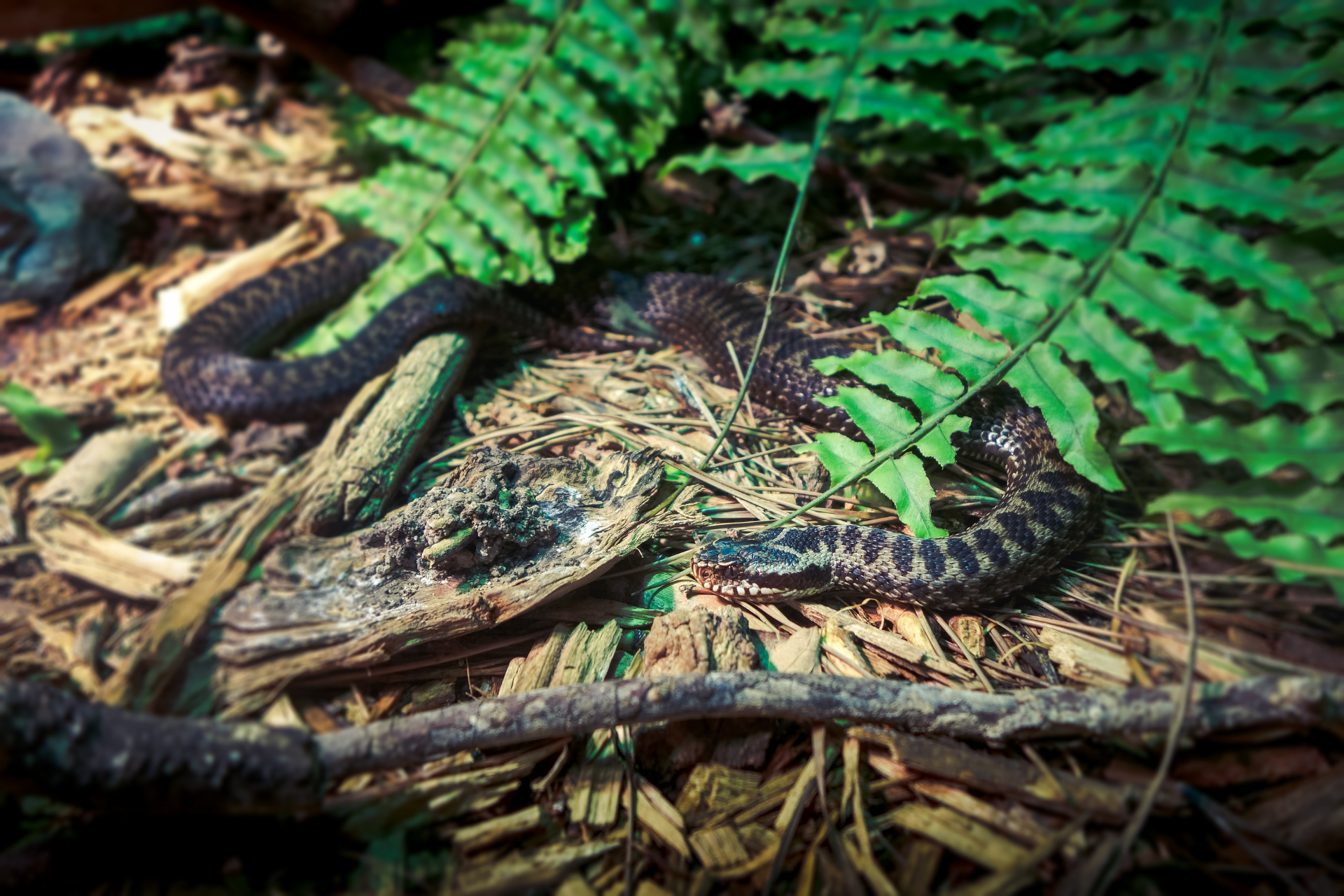The High Cost Of Bird Damage
Can Birds Cause Property Damage?
There is something indescribably peaceful about watching a lone bird soar across a blue sky. Understandably, people often think of them as symbols of freedom and beauty. While this may hold true for some species, others fall under the category of nuisance pests. For example, starlings and pigeons are well known for excessively breeding and taking over city rooftops. In fact, starlings are so aggressive they bully native species out of their nests and fight each other to the death. You might be wondering what this has to do with you. Well, many people do not realize that nuisance birds are not just annoying or unsightly. They are also dangerous and cause billions of dollars in damages for public and private sectors yearly
Looking At The Big Picture
More than 400 species call Illinois home, and over 325 migrate using the nearby Mississippi Flyway. Unfortunately, lots of birds means increased likelihood of damage and higher management costs for cities. For instance, the city of Saskatoon, Canada spent $800,000 to rehabilitate a major bridge plagued by bird-related impairments. They removed around 2,300 pigeons along with almost 1.4 million pounds of poop which compromised the bridge’s structural integrity.
Airports are another example of a public space plagued by avian damage. Birds of prey are attracted to the open space and high perching structures, while others like to roost on the warm runways. Unlike most city structures, the primary trouble is not their droppings. Instead, it is the risk of birds flying into airborne planes. According to the U.S. airline industry, bird strikes cost them an estimated $1.2 billion annually.
Looking closer to home, the St. Louis Lambert International Airport reported an average of 57 strikes per year, including 11 severe strikes, which caused at least $1.2 million in total. One such strike resulted in $393,500 in damage caused by a single flyer that weighed less than five pounds.
This is also highly relevant to the farming industry. A USDA study accounting for fruit production in seven states reported an estimate of tens of millions of dollars in damage, and 22.7 percent of growers said they had an excess of 10 percent in yield loss. Not only do they ruin crops by eating them, but they also increase their susceptibility to other pests and pathogens. Ultimately, they affect both yield and product quality, increasing costs for growers and consumers alike.
Residential Bird Damage
When homeowners think of nuisance pests, birds rarely come to mind. However, they are capable of causing immense damage. For starters, their corrosive droppings can eat through most construction materials, including paint, concrete, roofing tiles, and metal. The build-up can cause irreparable or expensive damage to homes, automobiles, and outdoor equipment if left alone. Additionally, our homes provide them with natural protection from predators and extreme temperatures. Unfortunately, they tend to nest in potentially hazardous spaces such as chimneys, drains, gutters, attics, and dryer vents.
The worst part about it? Most insurance policies do not include bird damage since they consider it preventable. Even if you are lucky, they typically cover the home’s structure and nothing else. As such, repair costs come directly out of your pocket, starting at around $450 and quickly increasing depending on severity. The thought of replacing a roof is enough to keep most homeowners awake at night. For example, a single nest wedged inside a chimney caused a house fire resulting in $80,000 of damage; and unfortunately, such occurrences are not uncommon. According to the St. Charles City Fire Chief, several homes suffer severe damage from nests in or near chimney flues every year.
Preventing Bird Damage in Illinois and Missouri
Most nesting species are protected under the Migratory Bird Treaty and Endangered Species Act, making identification especially important to avoid legal repercussions. While most people have no problem recognizing ordinary pigeons, non-experts may struggle to identify lesser-known species, which are often protected by law. Additionally, it can be dangerous to remove animals or droppings yourself. Direct disease transmission is rare, but their droppings contain numerous life-threatening pathogens, such as histoplasmosis, and clean-up requires HEPA-certified personal protection equipment.
The best way to avoid the high cost of bird damage is to hire a professional wildlife control service like Veteran’s Pride Wildlife Control. Investing in prevention now is the key to spending less in the future. Our team specializes in the trapping and removal of wildlife species as well as exclusion practices that can prevent nesting birds from infiltrating your home.
Contact us
today if you live in the Metro East, St. Louis, or surrounding areas.



